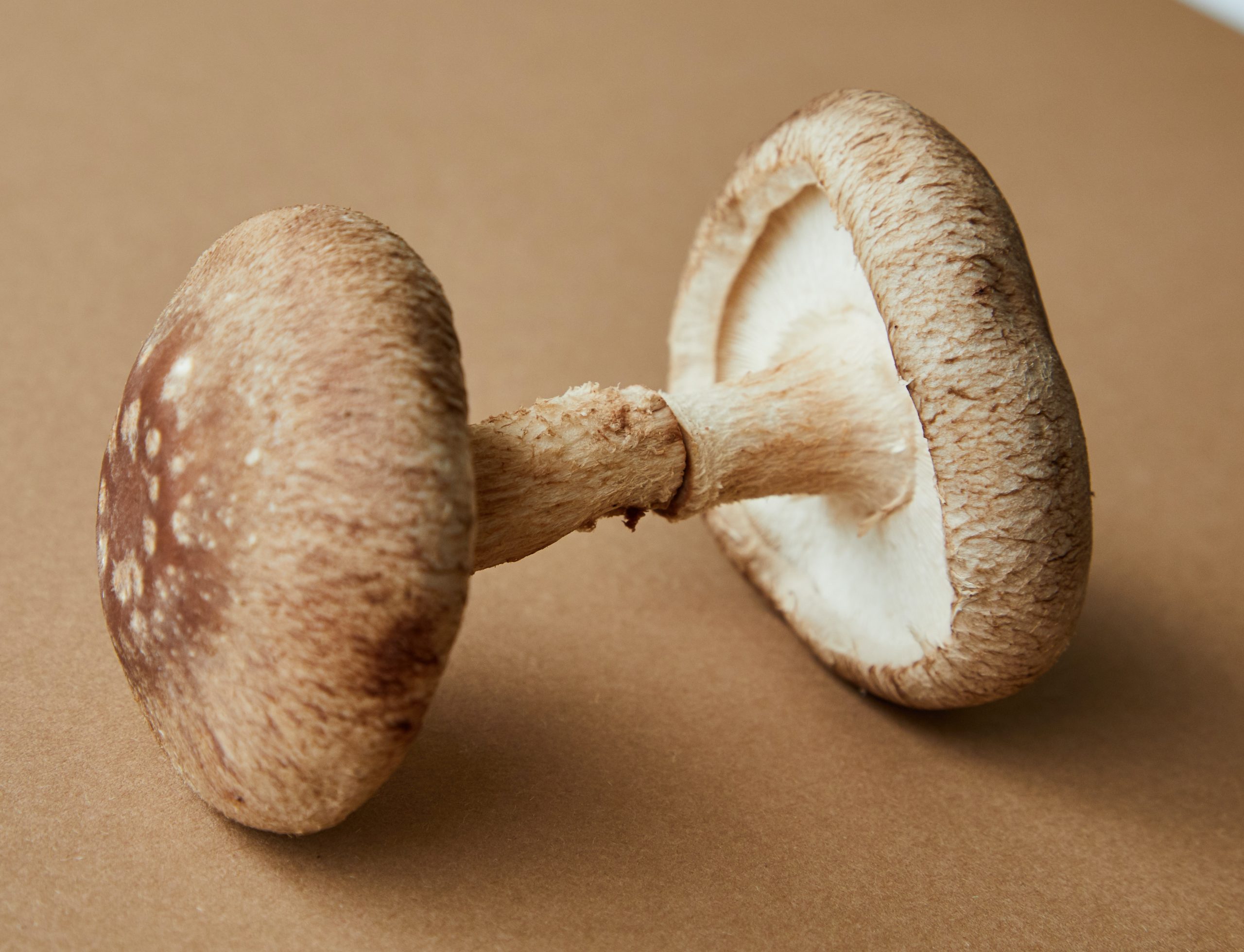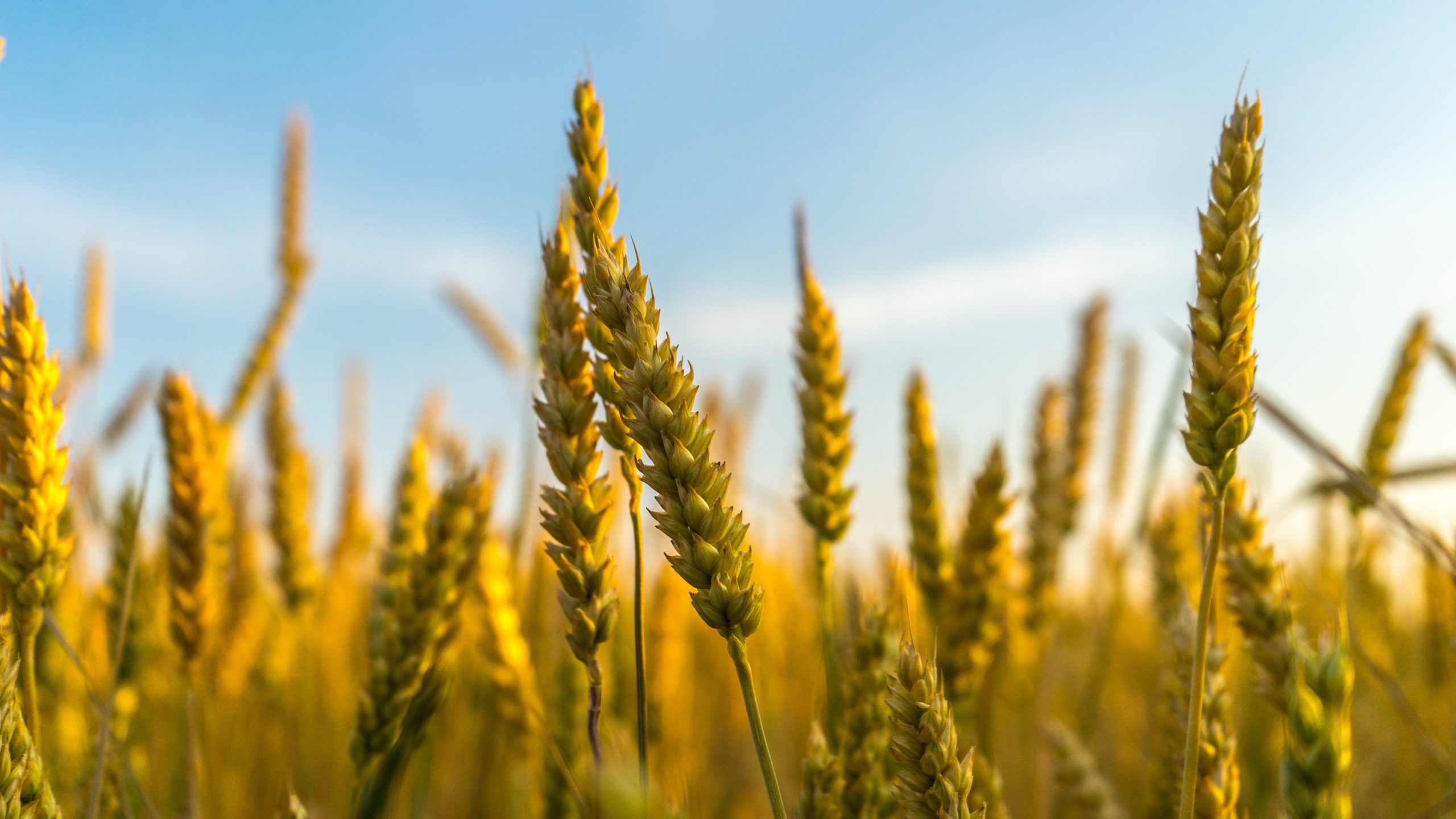Oyster mushrooms, named for their resemblance to the shellfish, are a versatile fungus that has captured the attention of food enthusiasts, farmers, and scientists alike. While they are a popular ingredient in many cuisines worldwide, oyster mushrooms are also prized for their potential in various fields, from medicine to environmental sustainability.
First and foremost, oyster mushrooms are a culinary delicacy. Their delicate, velvety texture and subtle earthy flavor make them a versatile ingredient in many dishes, from stir-fries to soups and stews. Unlike some other mushroom varieties, oyster mushrooms are relatively easy to grow and are therefore more accessible to consumers. They are also a rich source of protein, fiber, and essential nutrients like vitamin D and iron, making them a nutritious addition to any diet.
Beyond their culinary uses, oyster mushrooms have also piqued the interest of scientists and researchers for their potential health benefits. Recent studies suggest that oyster mushrooms may have antibacterial, antioxidant, and anti-inflammatory properties, making them a promising candidate for medicinal use. For example, extracts from oyster mushrooms have been shown to have antitumor activity and could potentially be used in cancer treatments.
Furthermore, oyster mushrooms have shown potential in environmental sustainability efforts. Unlike traditional crops, oyster mushrooms can be grown on a variety of waste materials, including sawdust, straw, and even coffee grounds. This means they can be cultivated in urban areas, reducing the need for transportation and carbon emissions associated with conventional farming practices. Additionally, oyster mushrooms are effective at breaking down and detoxifying pollutants in the soil, making them a valuable tool in bioremediation efforts.
Despite their many benefits, oyster mushrooms remain relatively unknown to many people. This is partly due to their less showy appearance compared to other mushrooms like portobello or shiitake. However, efforts are underway to increase awareness and appreciation of this versatile fungus. For example, farmers and chefs are working together to create new recipes and dishes that highlight the unique qualities of oyster mushrooms. Some companies are also experimenting with incorporating oyster mushroom extracts into beauty and skincare products due to their potential antioxidant and anti-inflammatory properties.
In conclusion, oyster mushrooms are a fungus with many facets. From their culinary uses to their potential in medicine and environmental sustainability, these unassuming mushrooms have much to offer. As more people become aware of their benefits and versatility, it’s likely that we’ll see oyster mushrooms playing a more prominent role in our diets, health, and the environment.










